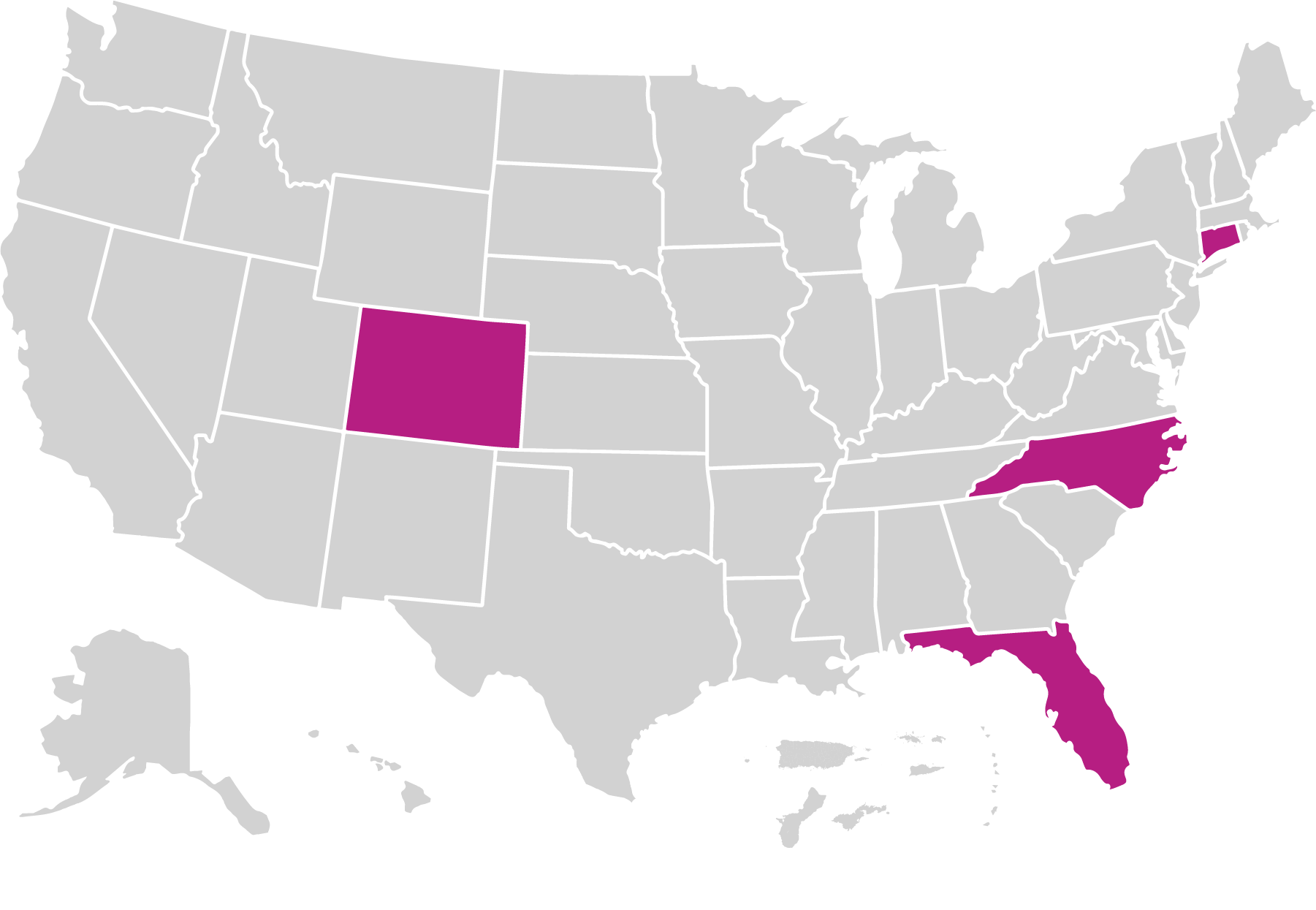Child First
Child First is an evidence-based, early childhood, two-generation, mental health model that works in the home with children and families. Child First takes a two-pronged approach, providing mental health services to the caregiver and child, while working within a broader system of care to connect them to comprehensive community-based services and supports.
What is the model’s approach to providing home visiting services?
Home visits take place twice per week during a month-long assessment period and
a minimum of once per week thereafter. Services are provided for families and their children prenatally through 5 years old for approximately 6 to 12 months, but can extend beyond 12 months depending on a family’s need.
Child First’s service population includes the following:
- Children with emotional or behavioral concerns
- Caregivers with depression, PTSD, and other mental health concerns
- Families with low incomes
- Caregivers experiencing domestic violence or trauma
- Children experiencing abuse, neglect, or other trauma
- Families with a history of substance use or in need of treatment
- Families experiencing homelessness
- Children with developmental delays or disabilities
Who is implementing the model?
Home Visitors
Child First was implemented by 224 home visitors in 2022. The model is implemented through a team-based approach, utilizing care coordinators (bachelor’s level preferred) and master’s level clinicians. Home visitors typically maintain a caseload of 12 to 16 families.
Supervisors
Child First was implemented by 43 supervisors in 2022. The model requires a master’s degree in a mental health specialty with a license for supervisors.
Where is the model implemented?
Child First operated in 30 local agencies across 4 states in 2022.

Families Served Through Evidence-Based Home Visiting in 2022
Race
<1% American Indian Alaska Native
1% Asian
26% Black
* Native Hawaiian Pacific Islander
63% White
4% Multiple
5% Another race
Caregiver age
3% ≤21 years
28% 22-29 years
50% 30-44 years
19% ≥45 years
Caregiver education
15% No HS diploma
34% HS diploma or GED
30% Some college or training
20% Bachelor's degree or higher
Ethnicity
27% Hispanic or Latino
73% Not Hispanic or Latino
Household income
89% Low-income status
Primary language
88% English
10% Spanish
2% Another language
Child insurance status
91% Public
8% Private
1% None
Child age
10% <1 year
20% 1-2 years
70% 3-5 years
* ≥6 years
